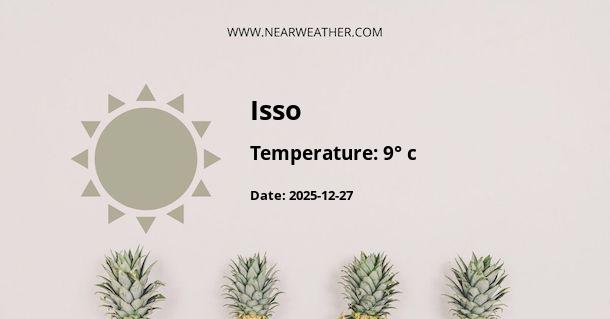Weather and Climate in IT
Italy, known for its rich history, stunning architecture, and delicious cuisine, also boasts a varied climate across its regions. From the hot summers in the south to the cooler, wetter conditions in the north, Italy offers a diverse climate for residents and visitors alike. Let's explore the weather and climate in Italy throughout the year.
North Italy
North Italy experiences a temperate climate with hot summers and cold, wet winters. The region, including cities like Milan and Turin, sees an average high of 29°C (84°F) in July and an average low of 2°C (36°F) in January. The annual precipitation ranges from 800 to 1,500 millimeters, with the most rainfall occurring in the pre-alpine zone and the Apennine Mountains.
The table below provides an overview of the average monthly temperature and precipitation in Milan, a major city in North Italy:
| Month | Temperature (°C) | Precipitation (mm) |
|---|---|---|
| January | 2 | 70 |
| April | 14 | 90 |
| July | 23 | 70 |
| October | 15 | 110 |
The climate in North Italy is influenced by the Mediterranean Sea to the south and the European continent to the north, creating a mix of maritime and continental climate patterns.
Central Italy
Central Italy, which includes famous cities like Rome and Florence, experiences a Mediterranean climate with hot, dry summers and mild, wet winters. The average high temperature in July is around 28°C (82°F), while the average low in January is approximately 3°C (37°F). The region receives an annual precipitation of 600 to 800 millimeters, with the coastal areas receiving less rainfall compared to the inland regions.
South Italy and the Islands
South Italy, encompassing areas like Naples and the island of Sicily, has a Mediterranean climate with hot, dry summers and mild, wet winters. The average high temperature in July is around 31°C (88°F), and the average low in January is approximately 7°C (45°F). The region experiences an annual precipitation of 400 to 600 millimeters, with the southernmost areas, including Sicily, being the driest.
Mountainous Regions
The mountainous areas of Italy, including the Alps and the Apennines, have alpine and subarctic climates with cold, snowy winters and mild summers. The temperature and precipitation levels vary based on altitude, with higher elevations experiencing cooler temperatures and heavier snowfall.
Overall Climate Trends
Italy's climate is also influenced by various factors, including the Mediterranean Sea, the Alps, and urbanization. Over the years, Italy has experienced some climate change effects, with rising temperatures and changes in precipitation patterns. These changes have impacted agriculture, water resources, and the frequency of extreme weather events.
According to the World Bank, Italy's average temperature has increased by about 1.3°C since the beginning of the 20th century, and the country has witnessed a reduction in annual rainfall in certain regions. These trends have significant implications for sectors such as agriculture, tourism, and energy production.
Conclusion
Italy's diverse climate offers something for everyone, whether you prefer the warmth of the south, the distinct seasons of the north, or the mild Mediterranean climate of the central regions. Understanding the weather patterns and climate trends can enhance travel experiences, inform agricultural practices, and aid urban planning efforts across the country.
A - Isso's Latitude is 45.476780 & Longitude is 9.758660.
A - Weather in Isso is 9° today.
A - Climate Conditions in Isso shows broken clouds today.
A - Humidity in Isso is 72% today.
A - Wind speed in Isso is 7.16 km/h, flowing at 79° wind direction. today.
